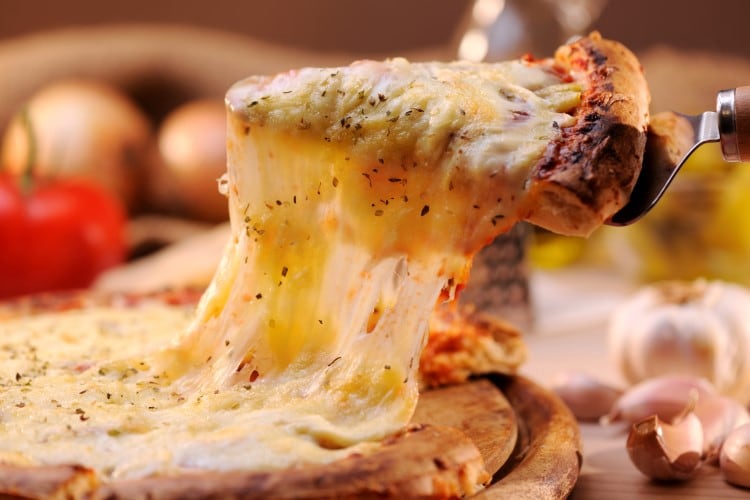Dutch multinational dairy co-operative FrieslandCampina thinks that manufacturers and foodservice specialists should capitalize on three global this year to stay ahead of the curve, with dairy and non-animal dairy alternatives playing a key role across the board.
According to the co-op, the fusion of Eastern and Western cuisine – so-called ‘Weastern’ cuisine – will be an ‘exciting’ new avenue for food producers. According to the co-op, 67% of consumers in the Asia-Pacific are interested in ‘trying new and unusual tastes’, while 66% want to try out ‘exotic flavors from other parts of the world’.
Foods with contrasting flavors and textures as well as vegan alternatives will be hot, too.
“We see these major trends as some kind of compass along, which new products can be developed or new ways of integrating products in end-applications can be achieved,” Jules Kramer, global marketing director, industry, at FrieslandCampina Professional, told DairyReporter.
FrieslandCampina also outlined several key ‘microtrends’, such as hybrid foods that can be consumed on-the-go (e.g pizza in a cone), and low-fat alternatives to essential ingredients.
Butter blends, for example, can bring cost benefits without affecting flavor and texture significantly, as Kramer explained. “Even though vegetable oil prices are higher compared to a couple of years ago, prices are still significantly lower than pure dairy milkfat. Vegetable oil costs can be up to 50% more cost effective than pure milkfat.”
The co-op also predicts that the rise of ingredient prices would spell a trend for ingredient blends. This could, at the same time, address the consumer appetite for lighter, healthier alternatives to popular foods. “Consumers are increasingly concerned about their impact on the planet and about their own health,” said the co-op. “They expect great taste and texture in lighter versions of their favorite foods.
“To tap into this trend,… customers have become more interested in innovative blends that incorporate plant-based alternatives as well as full-on vegan options.”
Cheese, which can often be linked with indulgence, can also play a part in this trend. Asked if mozzarella - which the co-op has included as a suitable ingredient across many of its sample recipes in the report – is set to experience an even greater demand globally, Kramer said: “We indeed see continued growth globally over the last couple of years, mainly driven by increased adoption in regions like Asia. We expect the growth to continue and don’t see any contrary signs for the near future.”
FrieslandCampina has also suggested that Edam – the semi-hard cheese that the co-op also produces – can be used as a low-fat alternative to mozzarella. “We see many possibilities to use low-fat Edam,” Kramer explained. “One example that we have incorporated into the 2023 report is using the Edam cheese on a pizza."
“Pizza is a global favourite and we’ve aimed to create a version with an A Nutri-Score label, the highest rating under the easily understood front of-label nutritional value system. A lighter version of the ever-popular pizza promises full flavour and no reduction in cheese content.” – Jules Kramer, FrieslandCampina Professional
Kramer added that a pizza topped with low-fat Edam would contain less fat than one topped with regular mozzarella or cheddar.
The third major trend, around contrasting textures, has been informed by research that claims that globally 67% of consumers would be keen on sampling foods with different textures. Here, FrieslandCampina said that whey protein concentrates could help bind water, making them a suitable alternative to egg protein.
“Needless to say, this is just the tip of the iceberg,” concluded Kramer. “We have a large database of more turnkey recipes tapping into these trends. We can work with dairy food makers to adapt recipes and products to local market needs or specific customers or consumer segments.”




